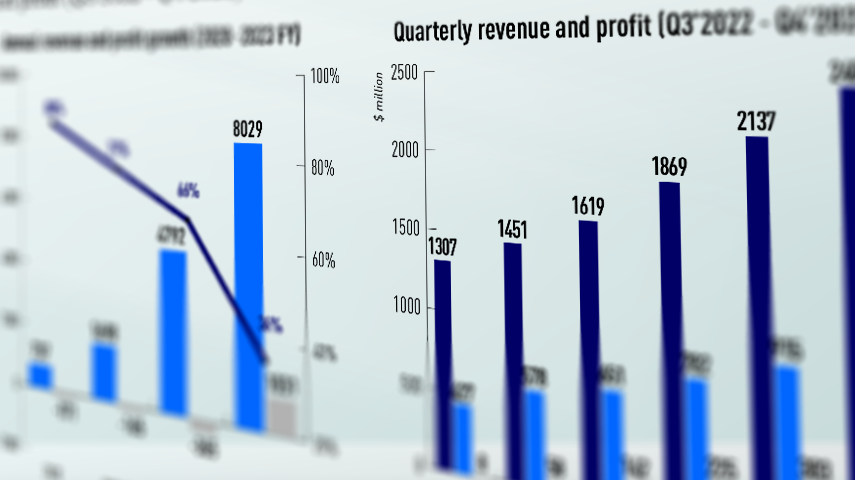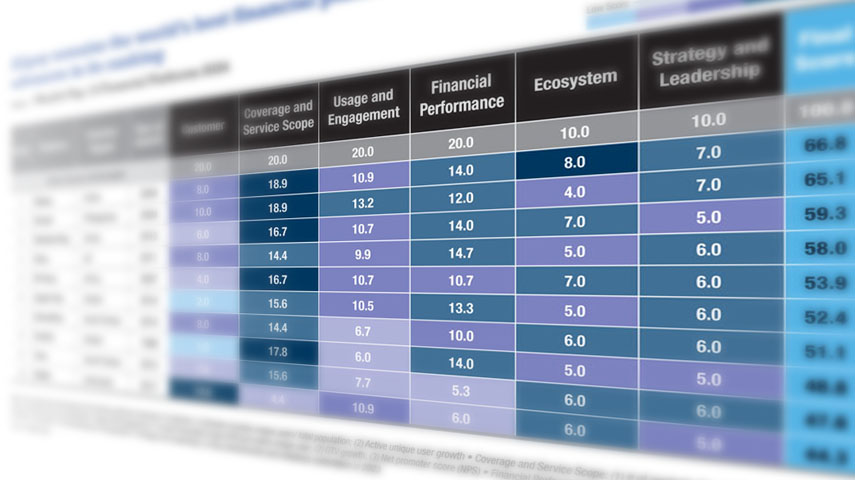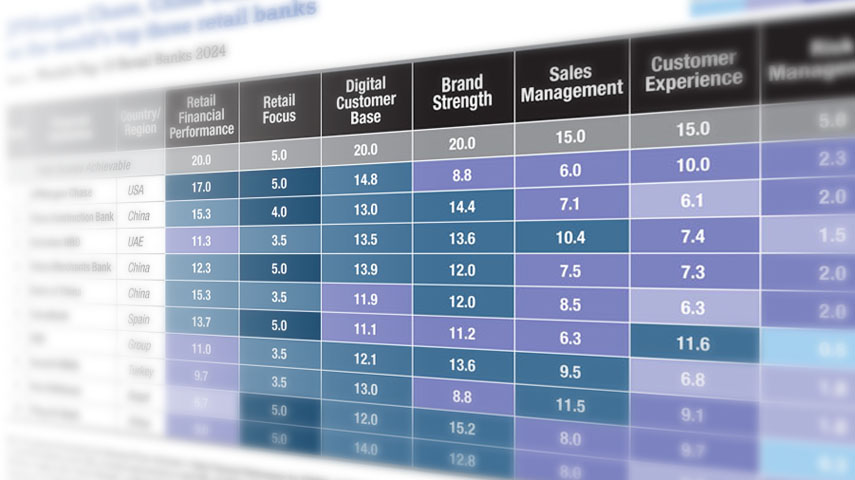The evolving industry dynamics with entry of new digital players, growing competition and evolving business demands have pushed banks to accelerate their digital and technology transformation.
A study by The Asian Banker estimates that APAC Banks allocated $63 billion towards technology in 2022. This is expected to increase to $68 billion, an increase of 7.5%, in 2023. Overall, APAC banks total annual technology spending is expected to increase by a compound annual growth rate (CAGR) of 8.1% from 2022 to 2025.

The study also reveals that on average, the banking sector in Australia, Singapore and Philippines are investing a relatively higher proportion of their operating income and operating expense towards technology compared to peers in other countries.
The total technology spending by some of the leading banks globally and in Asia have increased by 20% in last three years as a result of ongoing transformations.
In 2023, a large number of banks have prioritised investment in retail mobile and digital banking, and extending digital capacities for corporate and SME clients, to modernise their customer service. To strengthen data and insights, over 50% of banks have invested in AI and machine learning models. Data integration and fraud as well as cyber security measures remain a key priority.
Towards transforming the back-end technology infrastructure, banks are intensifying the migration of applications to the cloud, modernising core architectures with microservices and upgrading payment and lending systems.
Meanwhile, the pace of technology developments, growing need for talent, cloud migration and legacy core technology emerge as key challenges for APAC banks.
For more details, please see APAC Technology Spend and Outlook Report 2023 at https://tabinsights.com/reports/apac-technology-spend-and-outlook-report. The report identifies the key emerging trends in financial technology, the banking technology spending pattern in APAC including the current investments, challenges, priorities as well as the evolving future technology roadmap.

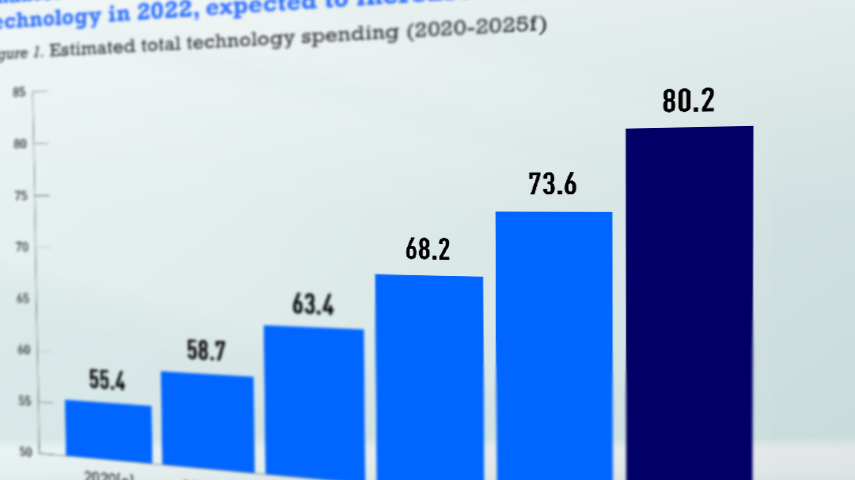

.webp)
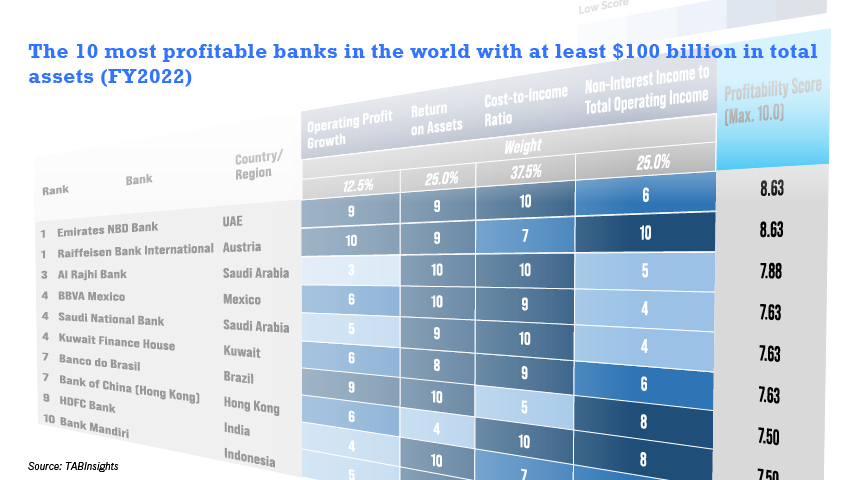
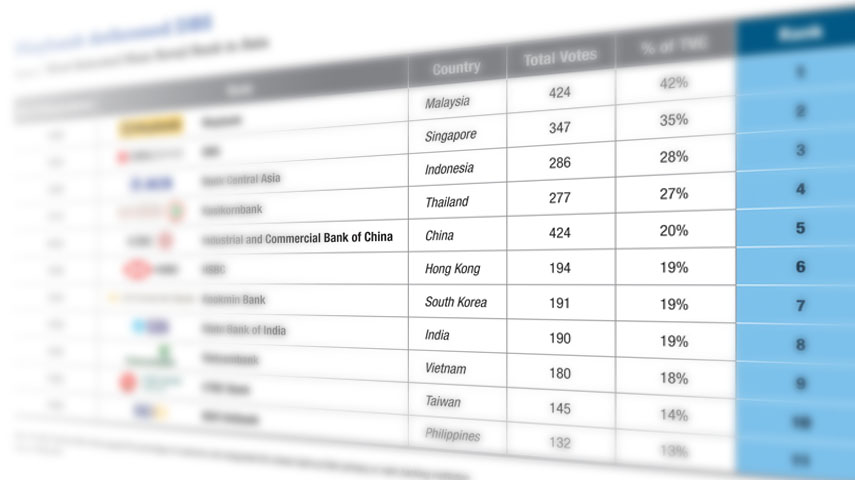
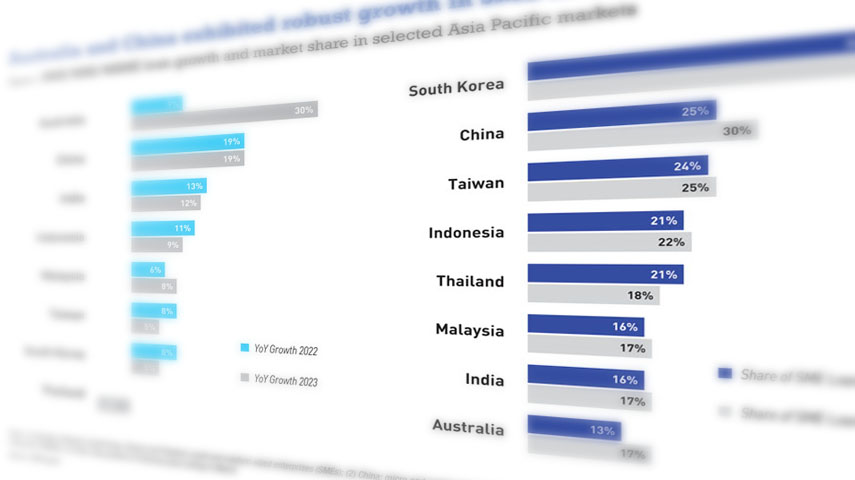
.jpg)

